Turntables, Arms & Cartridges
Sort By: Post Date TitlePublish Date
|
Aug 13, 2019
|
May 21, 2019 |
First Published: Oct 01, 1983
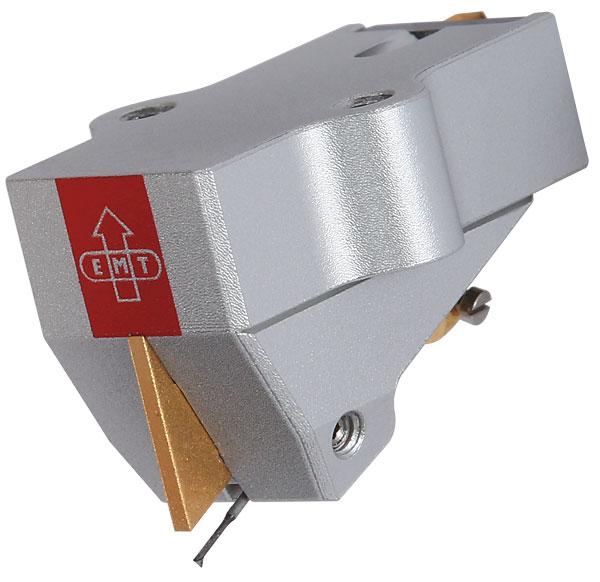
 With a heritage in broadcast and studio environments EMT has always married robustness with precision engineering, witnessed in this 'domestic' high-end MC series
With a heritage in broadcast and studio environments EMT has always married robustness with precision engineering, witnessed in this 'domestic' high-end MC series
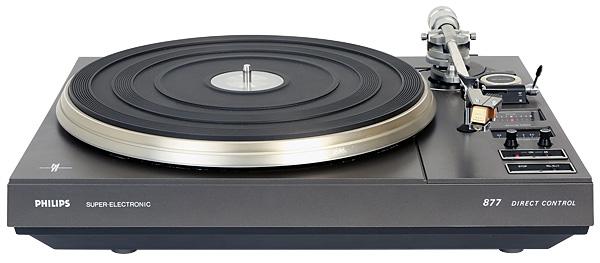
 Sophisticated styling, touch controls and the promise of all the benefits of direct-drive using a sub-platter driven by a belt. Can this late '70s record player really deliver?
Sophisticated styling, touch controls and the promise of all the benefits of direct-drive using a sub-platter driven by a belt. Can this late '70s record player really deliver?
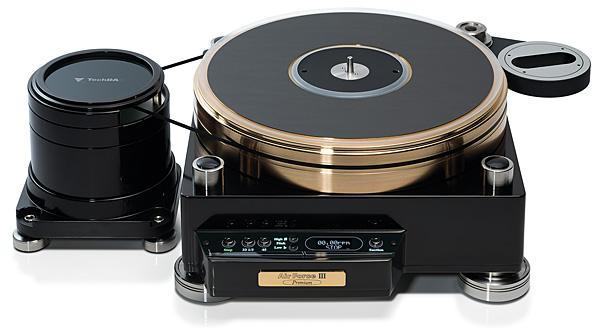
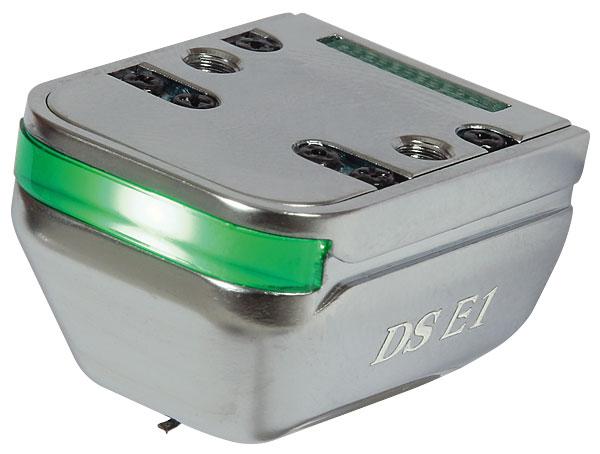
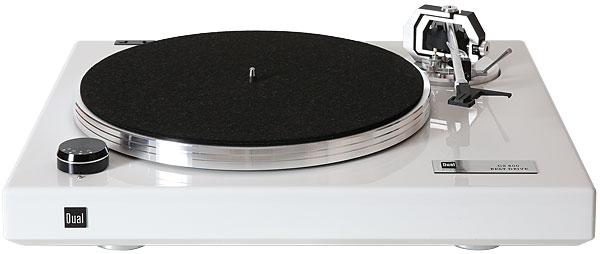
 Affordable German turntables are looking set to repeat their dominance of the market they owned 50 years ago. Can Dual's top-of-the-range CS 600 raise the stakes?
Affordable German turntables are looking set to repeat their dominance of the market they owned 50 years ago. Can Dual's top-of-the-range CS 600 raise the stakes?

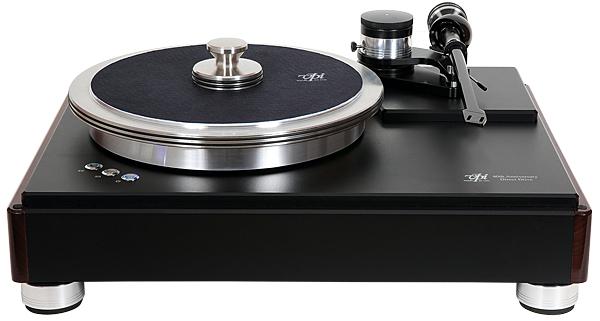
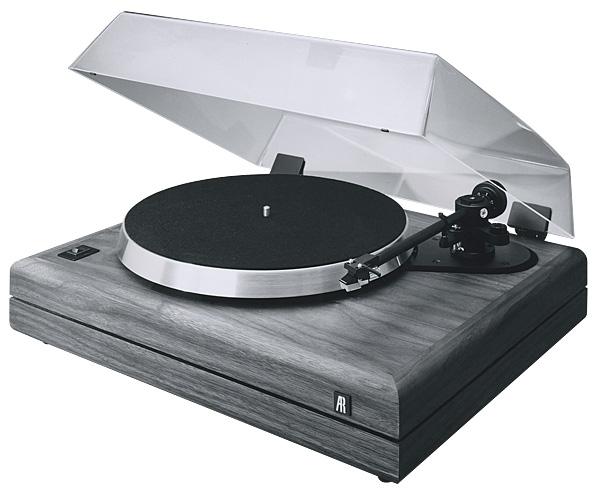
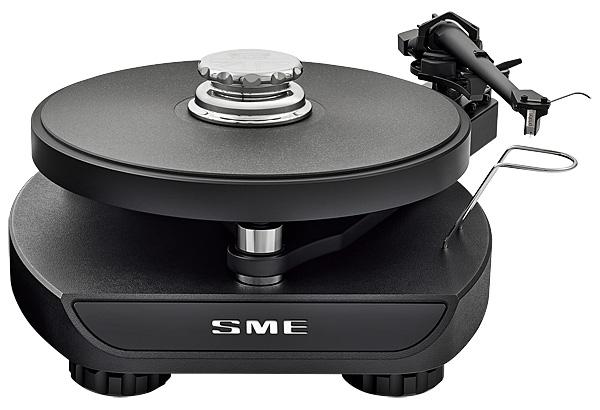
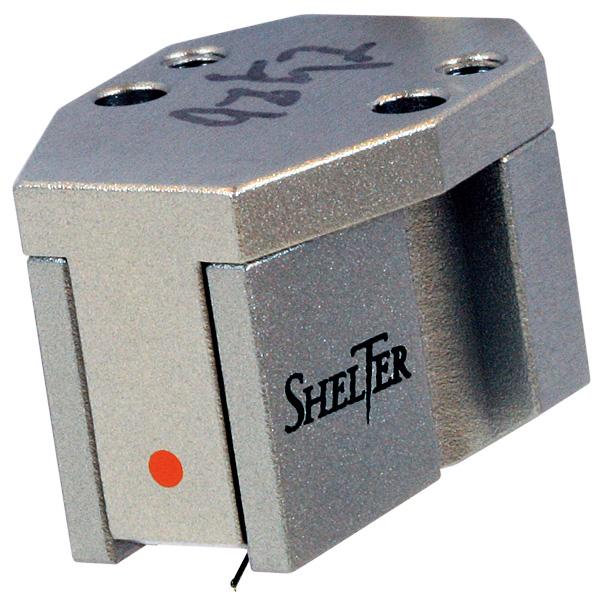
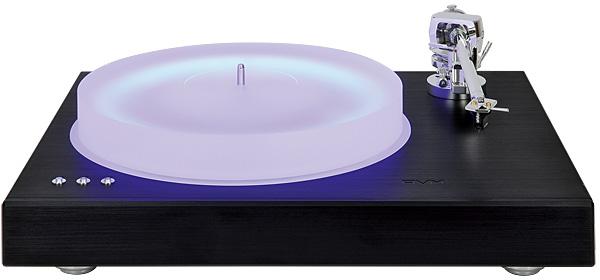
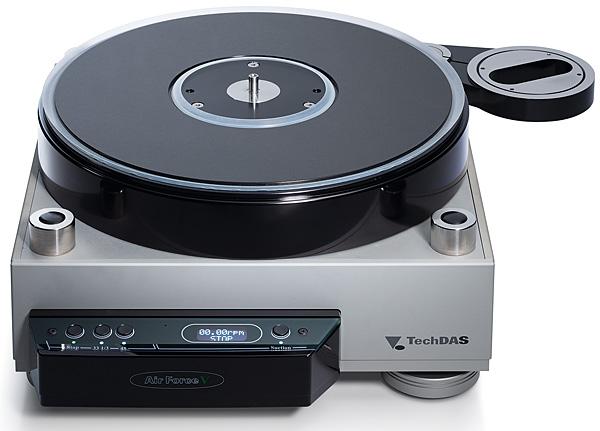

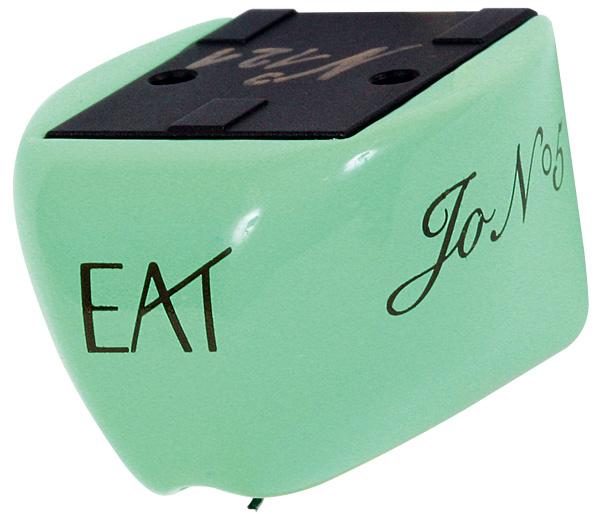
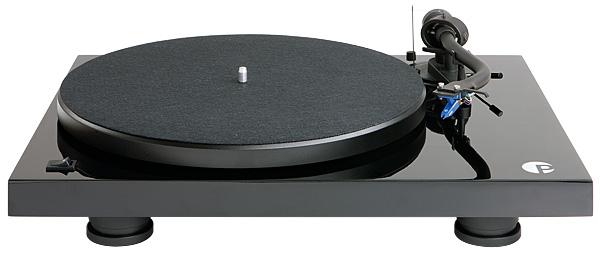
 The Czech company beefs up its most popular turntable range with a deck boasting a sophisticated motor system and new S-shaped tonearm. Then there’s the new logo...
The Czech company beefs up its most popular turntable range with a deck boasting a sophisticated motor system and new S-shaped tonearm. Then there’s the new logo...



